Global Journal of Medical and Clinical Case Reports
A young man with acute anterior wall myocardial infarction after Cannabis abuse: Identification of perivascular edema of the culprit lesion after plaque rupture using cardiovascular magnetic resonance tomography
Ali Halboos*
Cite this as
Halboos A (2019) A young man with acute anterior wall myocardial infarction after Cannabis abuse: Identification of perivascular edema of the culprit lesion after plaque rupture using cardiovascular magnetic resonance tomography. Glob J Medical Clin Case Rep 6(1): 010-011. DOI: 10.17352/2455-5282.000069Case Report
Canabis abuse is a rare but well-known und increasing cause of myocardial infarction in young people, predominantly in the male sex. Although the exact pathophysiological mechanism is not completely understood, several hypotheses have been proposed: coronary artery spasm due to alpha-adrenergic receptor stimulation; premature atherosclerosis with „classical “plaque formation and rupture resulting in thrombus formation with complete vessel closure. The latter model is supported by the fact that concomitant cigarette smoking is usual in cannabis drug abusers and represents a classical cardiovascular risk factor [1].
With respect to the pathological mechanism underlying atherosclerosis has been identified to be mainly an inflammatory process which affects multiple intimal sites. Much scientific research work has been performed in order to determine which of the plaques are stable or inactive and which of them are unstable, active and prone to rupture. Obviously not a single factor but multiple confounders have been identified to possibly predict plaque rupture. Among these one has gained large acceptance: modification of plaque matrix by proteolytic enzymes which are secreted by macrophages, followed by an increasing necrotic plaque core covered by a thin fibrous cap, vessel remodeling, plaque hemorrhage and neovascularization. The entire process is characterized by inflammation and perivascular edema [2].
Myocardial infarction associated with cannabis drug abuse is still not completely understood.
In generell younger people consume cannabis and most case reports were related to young teenagers without other cardiovascular risk factors. These cases that underwent coronary angiography showed no evidence of coronary artery disease but vasospasm. For this it is most important to differentiate between vasospasm and myocardial infarction due to plaque rupture. Smoking cannabis is associated with a dose dependent rise in heart rate and increased blood pressure with a peak in heart rate occurring 30 min after smoking [3,4].
A possible cannabis-induced activation of factor VII playing a role in platelet aggregation was also described [5], which may result in thrombus formation. All these effectslead to an increased myocardial oxygen demand and a decreased blood supply which may caused myocardia linfarction.
However, cardiovascular imaging techniques to depict vascular edema may enhance the understanding of the vascular wall alterations leading to acute coronary syndrome in this setting. Therefore MRI T2-weighted short inversion recovery sequences (T2-STIR) may allow for demonstration of area of risk by detecting perivascular and myocardial edema. However, only few cases have been presented so far [2,6].
We present the case of a 29-year old male smoker with acute onset type chest pain shortly after cannabis drug abuse. ECG showed ST segment elevation in V1-V4 and a diagnosis of acute anterior wall myocardial infarction was made. Emergency coronary catheterization revealed a subtotal ostial LAD stenosis with intracoronary thrombus (Figure 1). A drug-eluting stent procedure was performed. Postinterventional laevocardiography demonstrated septal and anterior wall hypokinesis resulting in a slightly reduced global left ventricular ejection fraction of 45 %. Follow-up laboratory studies showed a minor increase in cardiac enzymes (CK max. 563U/l, CK-MB 62 U/l.)
On day two the patient underwent cMRI. T2-STIR demonstrated myocardial edema of the septal, antero-septal and parts of the free anterior wall, corresponding to segment 1,2,7 and 8 (Figure 2).
At the site of the culprit lesion in the ostial LAD perivascular edema was proven (Figures 2-4). No further vascular or myocardial areas of edema were detected.
The parameters for the ECG-triggered, navigator gated, dark-blood, T2-STIR fast spin-echo sequence were as follows: TR, 2 RR intervals; TE, 100 ms; echo train length of 20; 0.68 x0.68 x8 mm 3 voxels; and 2 signal averages.
T1-weighted imaging showed absence of plaque hemorrhages (Figures 5,6).
Conclusion
Acute cannabis drug abuse in young smokers may lead to premature atherosclerosis with rupture-prone plaques resulting in acute coronary syndrome. cMRI might be useful to demonstrate plaque vulnerability characterized by perivascular edema.
- Hodcroft CJ, Rossiter MC, Buch AN (2014) Cannabis-associated myocardial infarction in a young man with normal coronary arteries. J Emerg Med 47: 277-281. Link: https://bit.ly/2IGlZZk
- Kim WY, Christiansen EH, Thrysøe SA, Al-Mashhadi RH, Bøtker HE, et al. (2011) First in vivo demonstration of coronary edema in culprit lesion of patient with acute coronary syndrome by cardiovascular magnetic resonance. Circ Cardiovasc Imaging 4: 344-346. Link: https://bit.ly/2Xe65yv
- Jonhson S, Domino EF (1971) Some cardiovascular effects of marihuanasmoking in normal volunteers. Clin Pharmacol Ther 12: 762-768. Link: https://bit.ly/2RgeDzw
- Beaconsfield P, Ginsburg J, Rainsbury R (1972) Marihuana smoking:cardiovascular effects in man and possible mechanisms. N Engl JMed 287: 209-212. Link: https://bit.ly/2WA7ScQ
- Heiden D, Rodvien R, Jones R (1980) Effects of oral delta-9-tetrahydrocannabinol on coagulation. Thromb Res 17: 885-889. Link: https://bit.ly/2XM2ULm
- Deharo P, Massoure PL, Fourcade L (2013) Exercise-induced acute coronary syndrome in a 24-year-old man with massive cannabis consumption. Acta Cardiol 68: 425-428. Link: https://bit.ly/2IHQ9LF

Article Alerts
Subscribe to our articles alerts and stay tuned.
 This work is licensed under a Creative Commons Attribution 4.0 International License.
This work is licensed under a Creative Commons Attribution 4.0 International License.
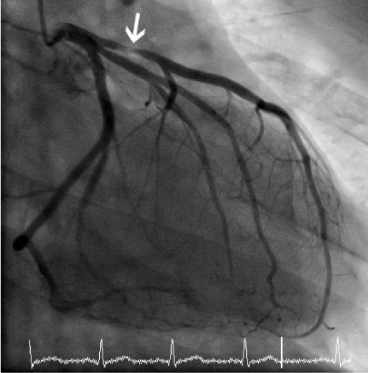
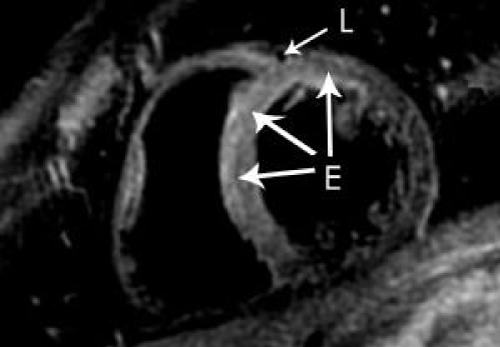
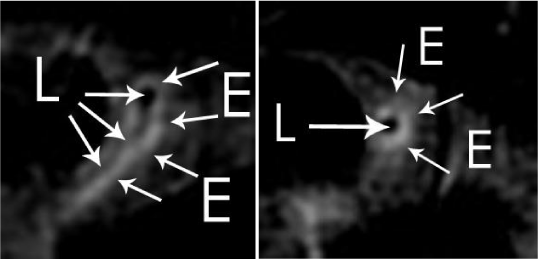
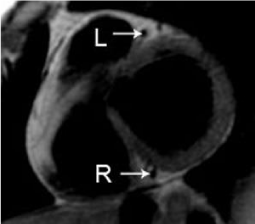
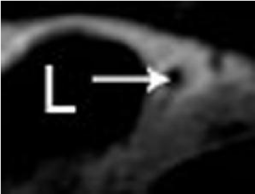
 Save to Mendeley
Save to Mendeley
